Motto Tote Bag (black). Motto Books
Posted in Editions, Motto Books on August 31st, 2022Tags: bag, Motto Books, Motto Tote Bag (black)
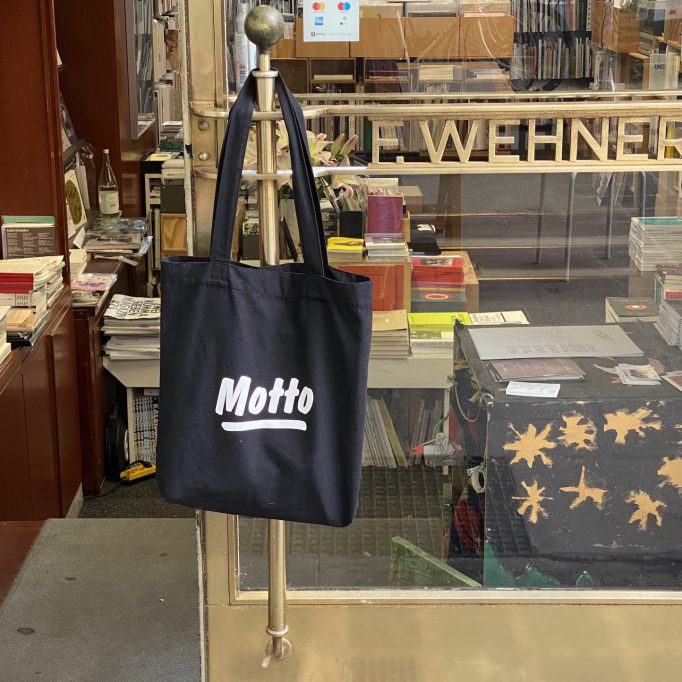
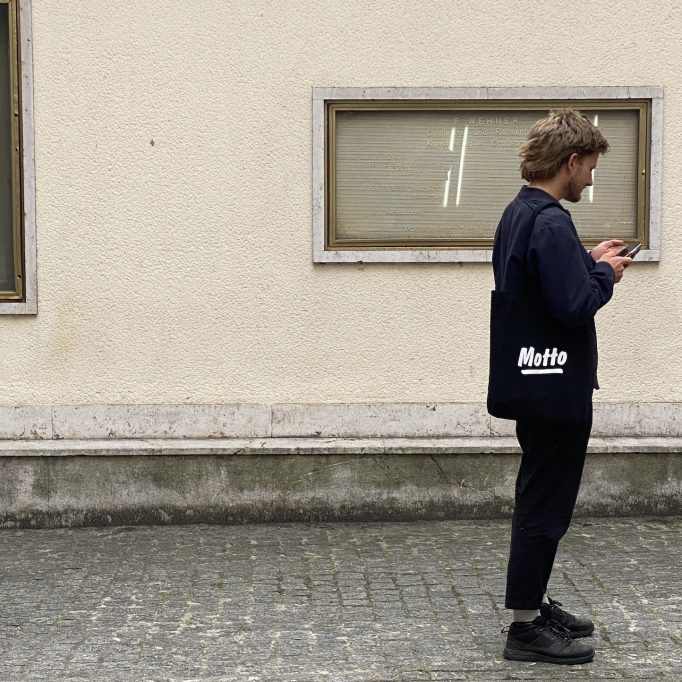
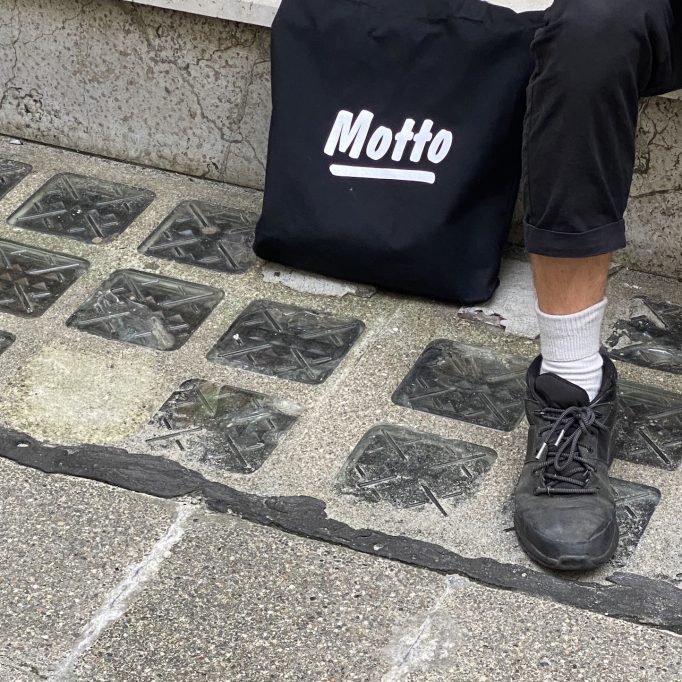
37 x 39 cm
Strap Length 65 cm
Black color with white logo
80% Recycled cotton, 20% Recycled polyester
Order here



37 x 39 cm
Strap Length 65 cm
Black color with white logo
80% Recycled cotton, 20% Recycled polyester
Order here

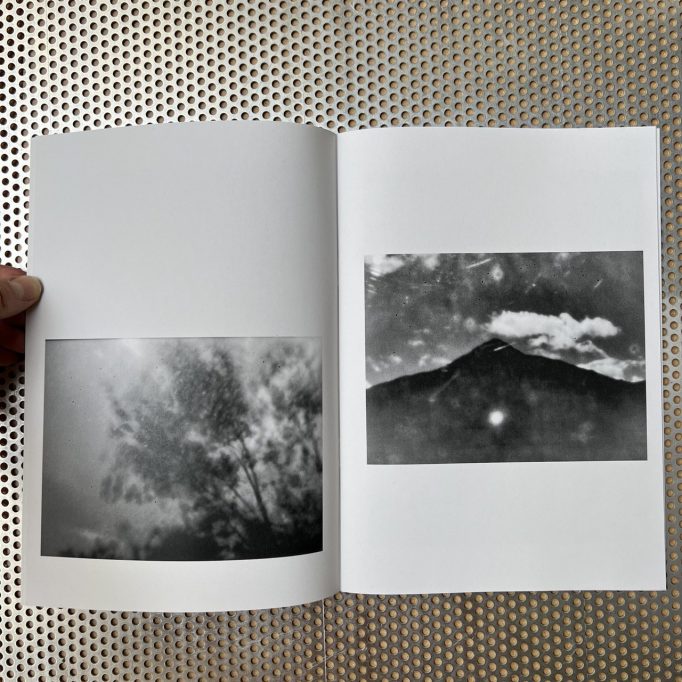
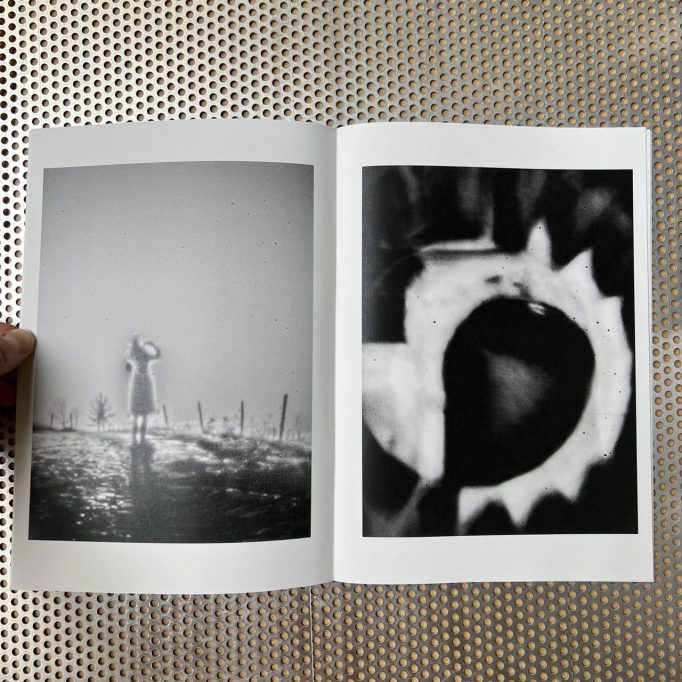
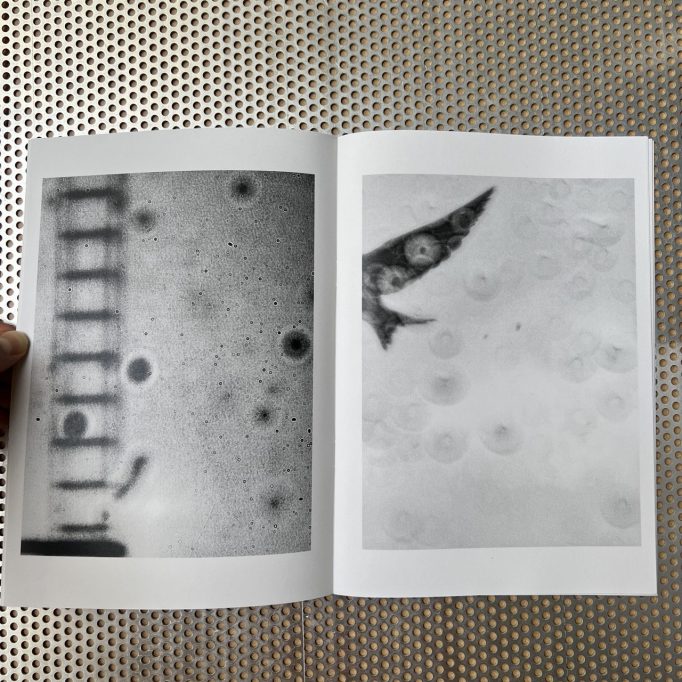
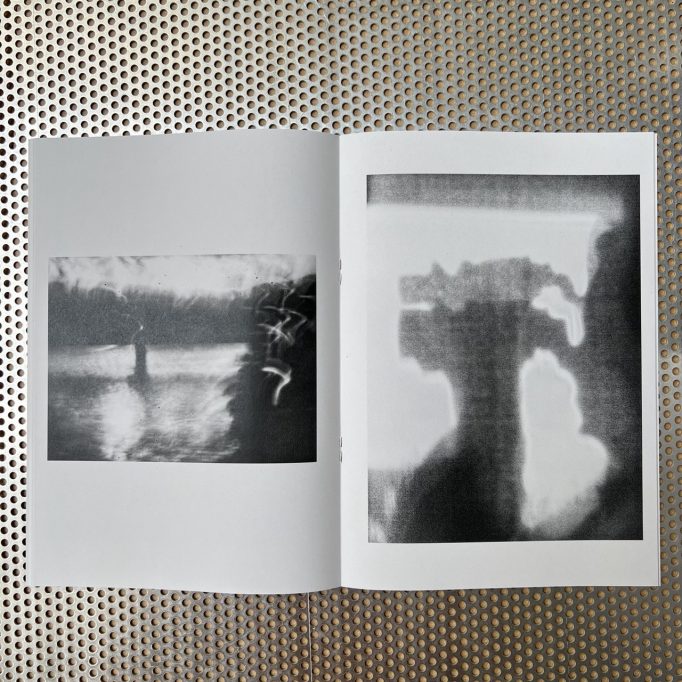



Printed on 115gsm grey recycling
paper (Blue Angel), Cover: 300gsm
grey recycling paper (Blue Angel)
1. Edition of 30 (signed, numbered)
Order here
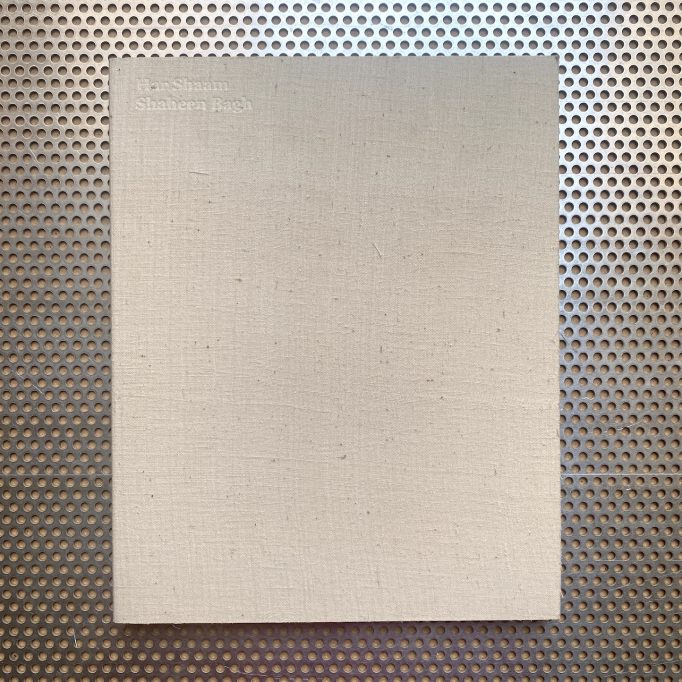
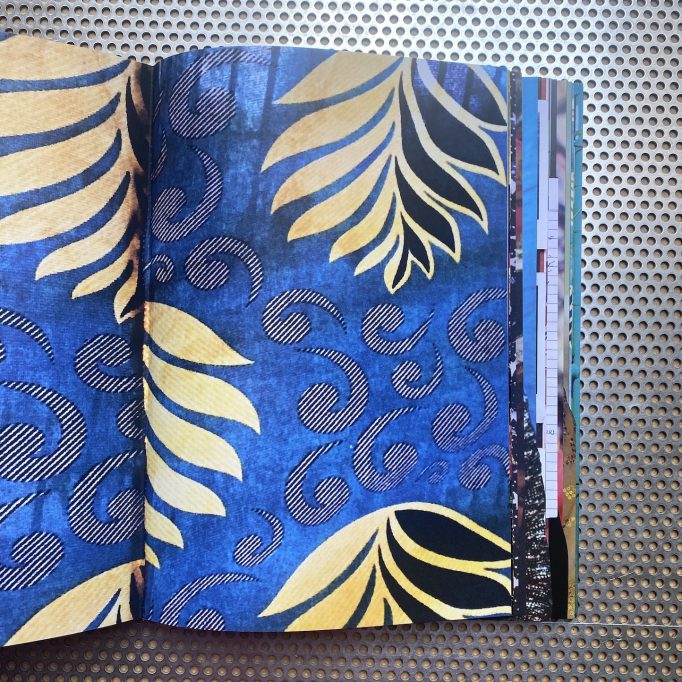
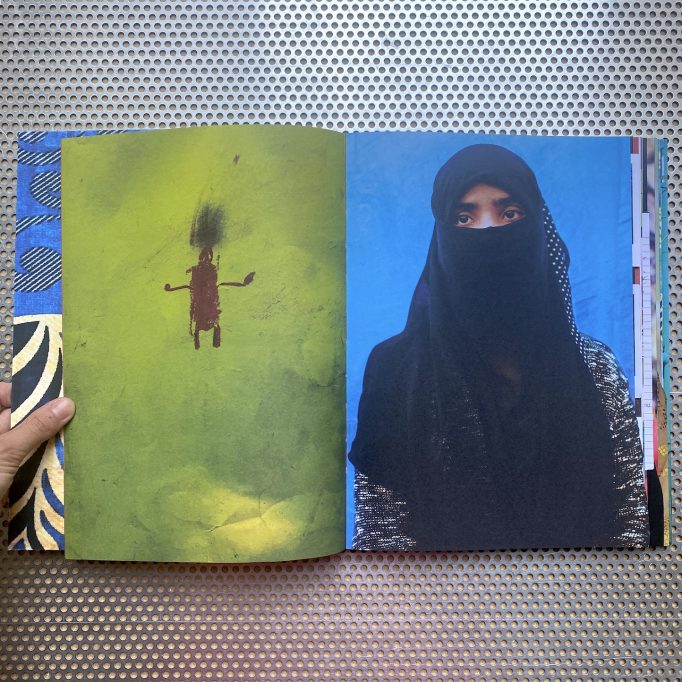
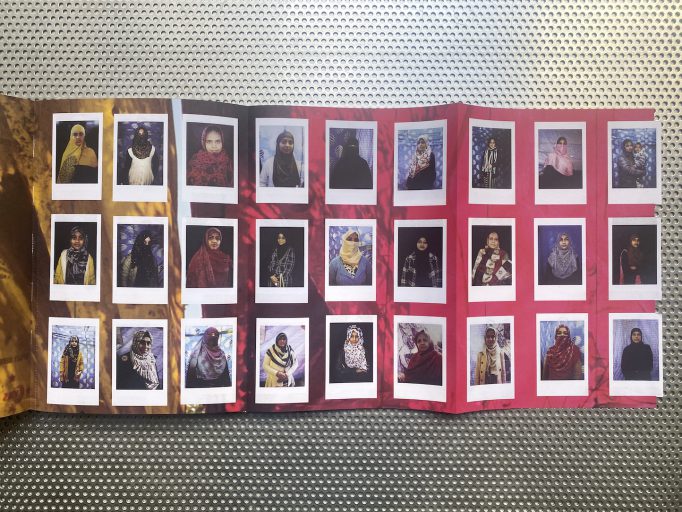
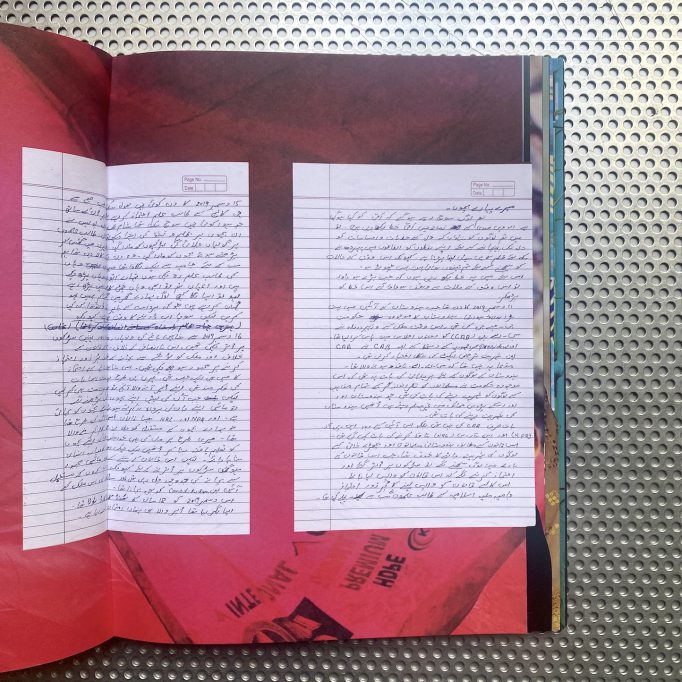
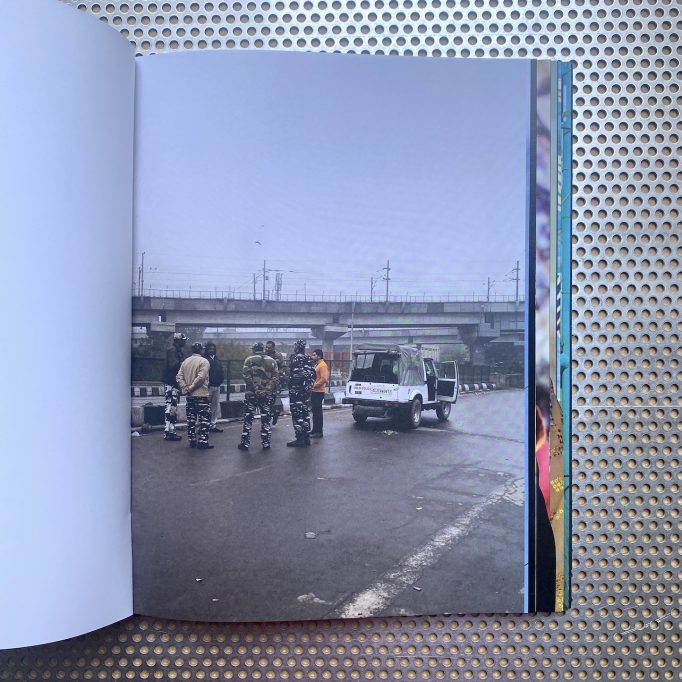

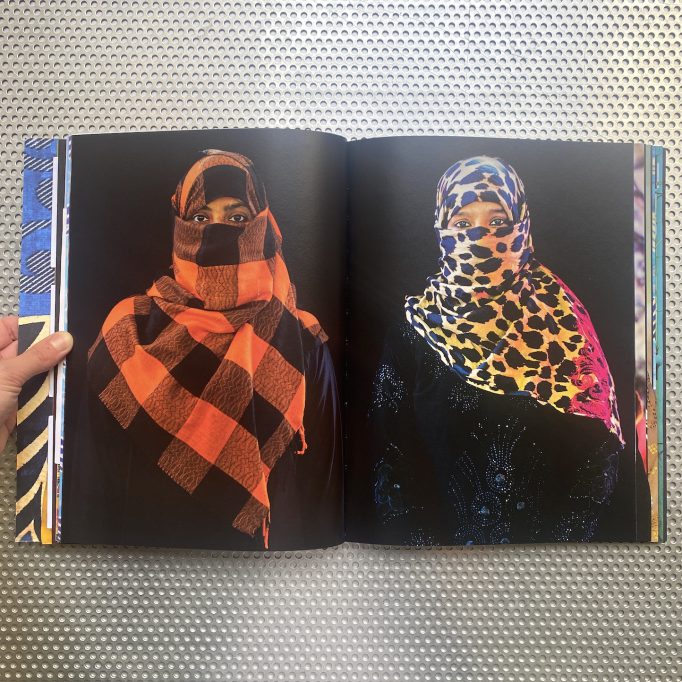
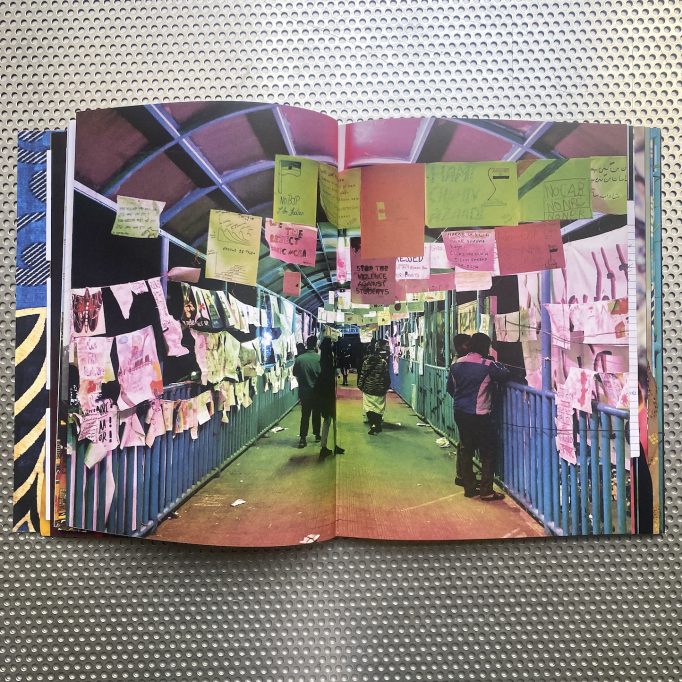
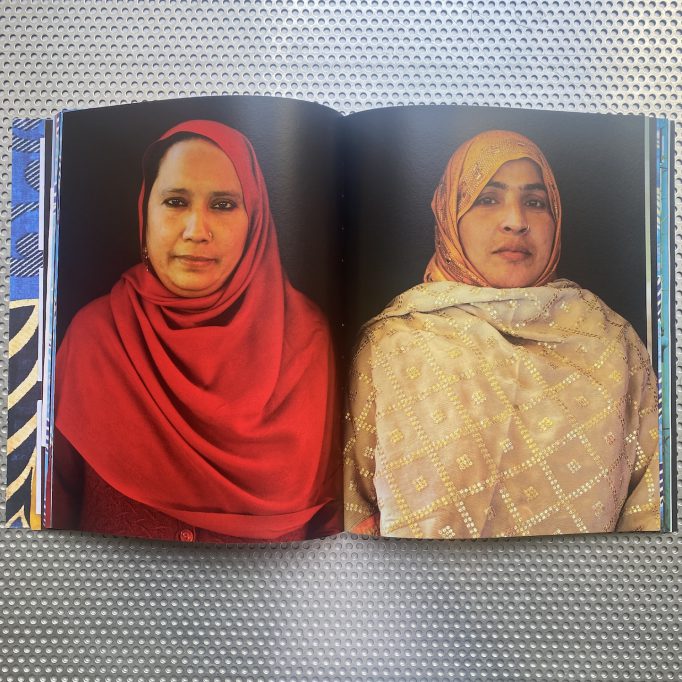
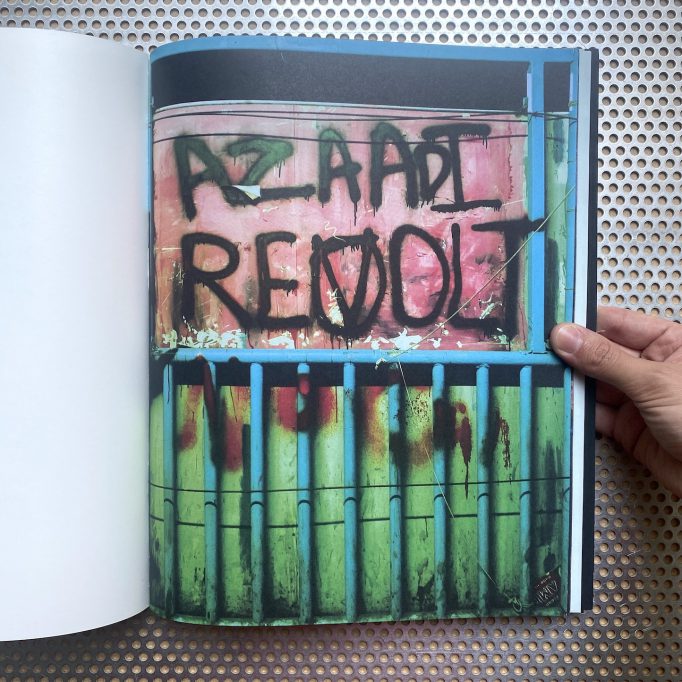
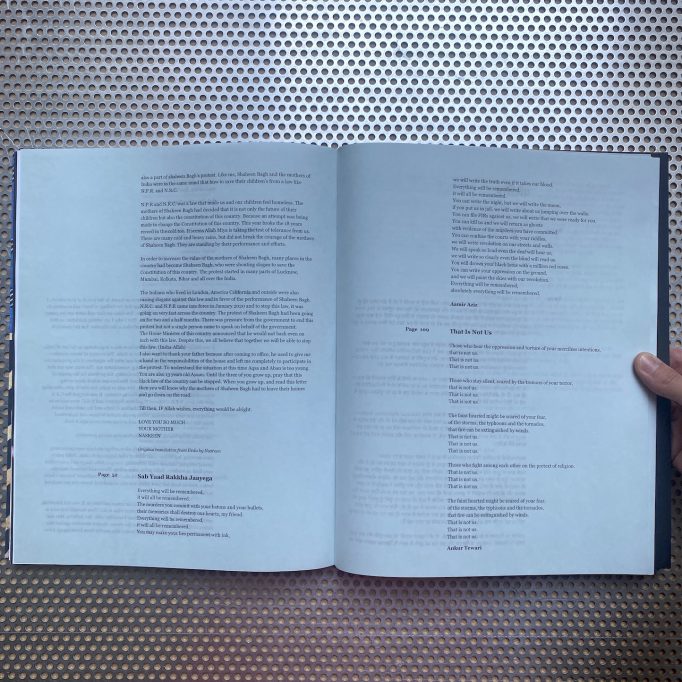

Har Shaam Shaheen Bagh is an ode to the infinite courage and resilience of the women of Shaheen Bagh, Delhi, who sat in protest for a 100 days and nights. A book of photographs, drawings, songs, letters and other material gathered as a record of the iconic protest, marks an extraordinary moment in the political and contemporary history of India.
In December 2019 a small group of Muslim women from the working-class neighbourhood of Shaheen Bagh, came out of their homes and sat down in protest, occupying a stretch of one of Delhi’s busiest highways. They were standing up against the Citizenship Amendment Act, which was designed to strip the Constitution of India of its right to religious equality. This peaceful sit-in began in December 2019 until the pandemic sent India into lockdown, and the state used this as an opportunity to destroy and dismantle all traces of the protest. This book serves as urgent and crucial evidence of a time that is systematically being erased from our collective memory.
From the women of Standing Rock and Black Lives Matter, The Dandi March and Chipko Movement, and those at the front lines of India’s non-violent protests, this book is an act of remembrance that preserves the powerful legacy of women at the forefront of historic revolutions.
Soft bound in undyed, hand-spun Kora cotton by Womenweave, Maheshwar
Edition of 800
Order here
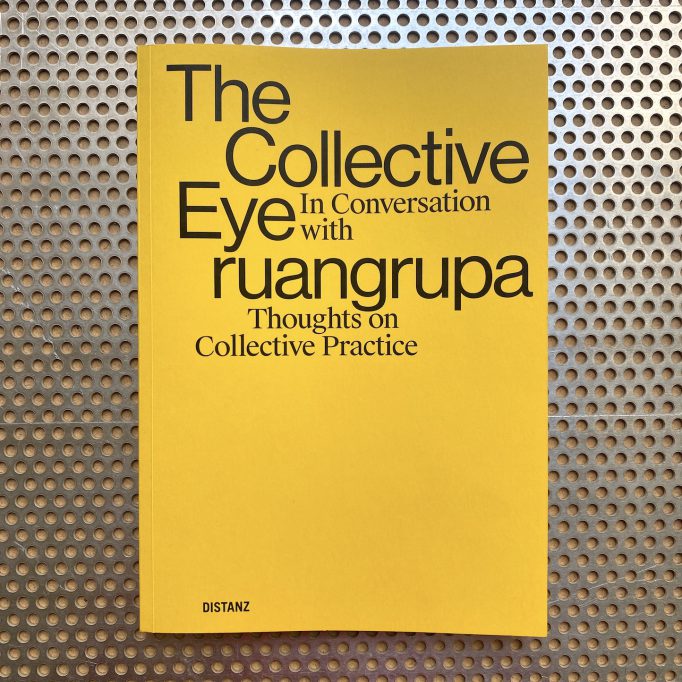
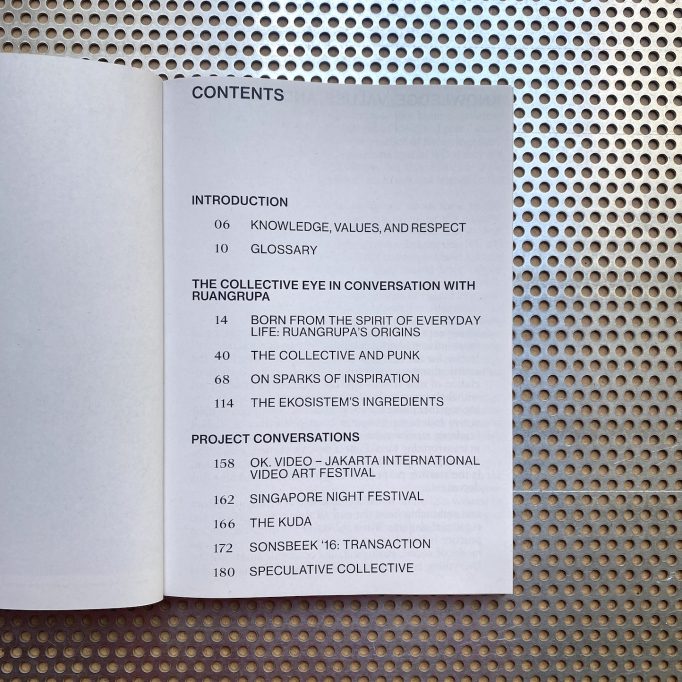
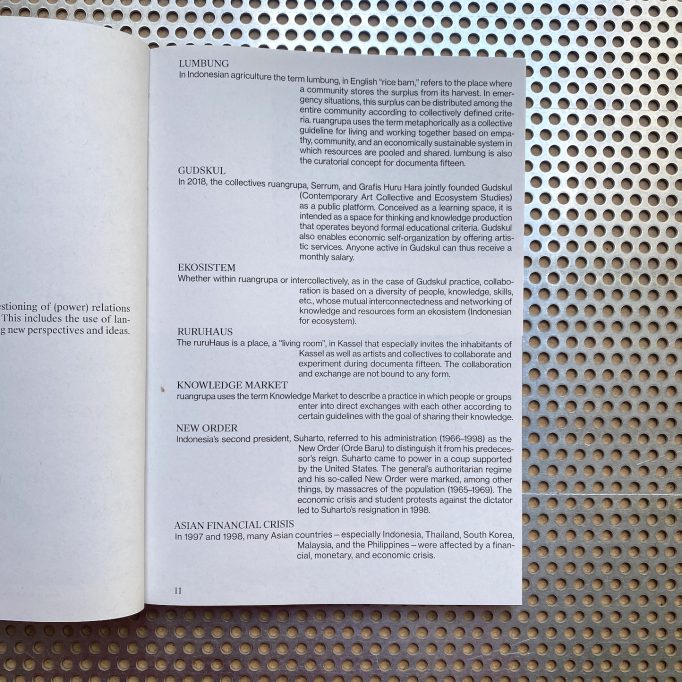
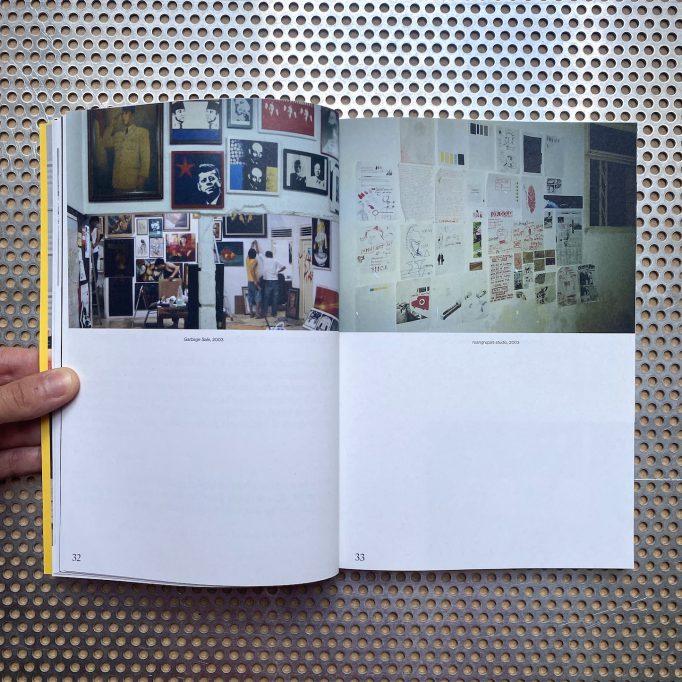
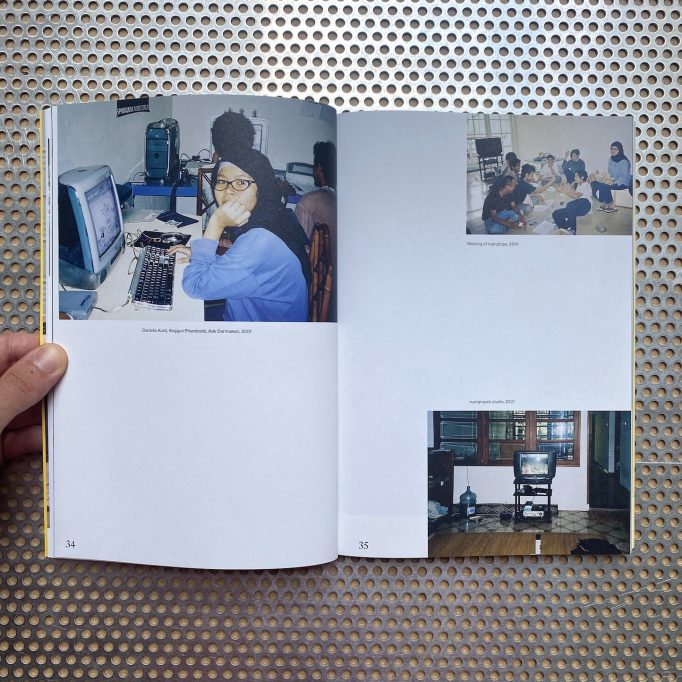
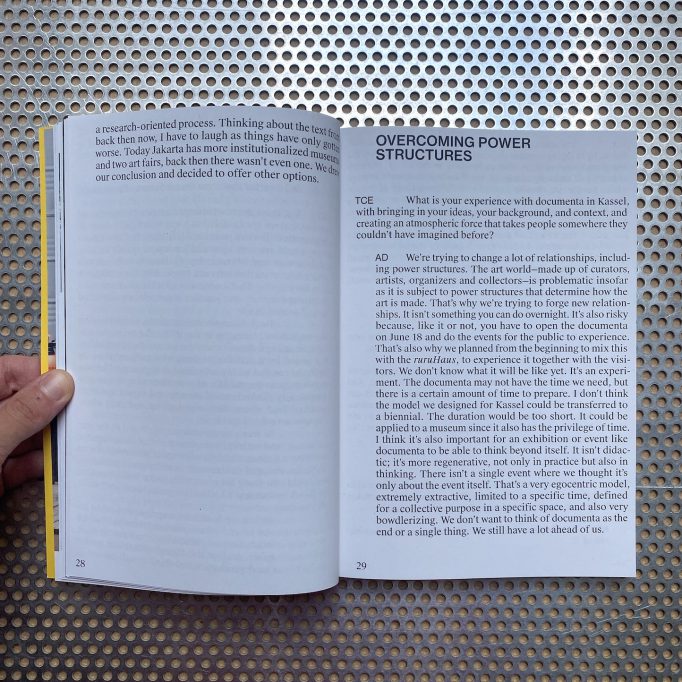
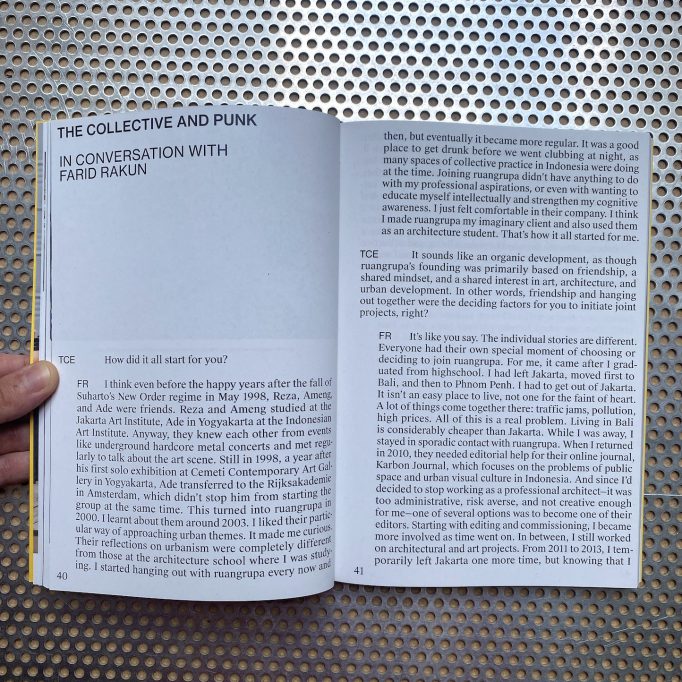
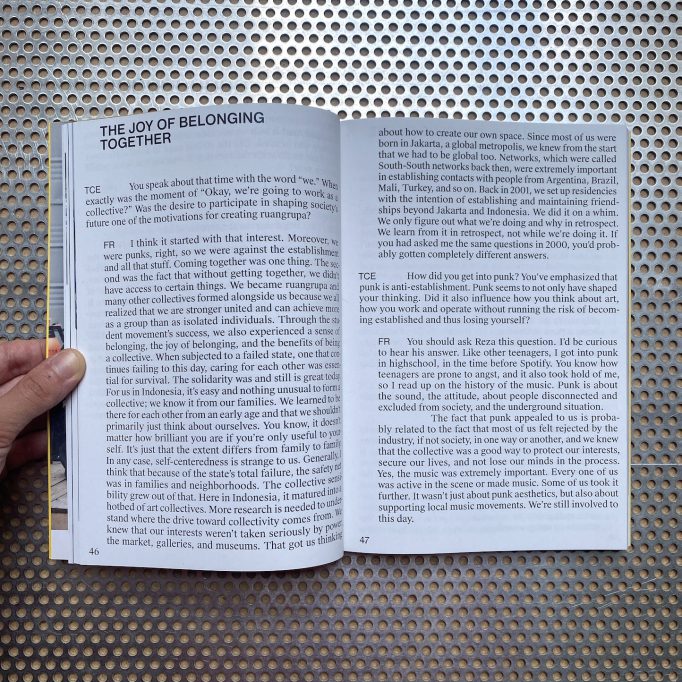
“Our curatorial approach strives for a different kind of collaborative model of resource use — in economic terms but also with regard to ideas, knowledge, programs and innovations.” – ruangrupa
The documenta fifteen will be curated by a collective for the first time in its history. Another first: the artistic directors come from Asia. ruangrupa is an association of nine friends who unconditionally combine art with their everyday lives as a practice of living and surviving together under the socioeconomic conditions of their native Indonesia. Fourteen other collectives, so-called lumbung members, have been invited to join ruangrupa in transforming Kassel into a new, sustainable ekosistem. Lumbung, the Indonesian term for a communal rice barn, is the starting point for all their activities and also this documenta.
In this volume of the book series Thoughts on Collective Practice ruangrupa talks about their beginnings, the harsh struggle for survival under the Suharto regime in Indonesia, the post-dictatorship euphoria, student protests, punk, and video culture. About their first art projects, maintaining solidary social relationships, the Indonesian tradition of sharing, and their unusual approach to resources.
The autobiographical conversations are supplemented by five exemplary glimpses into ruangrupa’s projects since 2003 and unpublished archival material.
The Collective Eye (TCE), founded 2012 in Montevideo, organizes exhibitions and symposia on collective practice in art. The collective has pursued a partnership with DISTANZ since 2021, publishing the book series Thoughts on Collective Practice as an extended collective between the publishing team and TCE. Their work aims to strengthen polynational dialogues between different collectives as well as between collectives and theorists. The volume of conversations with ruangrupa is the fourth installation in the series.
The Collective Eye: Dominique Lucien Garaudel, Heinz-Norbert Jocks, Emma Nilsson and Matthias Kliefoth (Eds.)
Order here
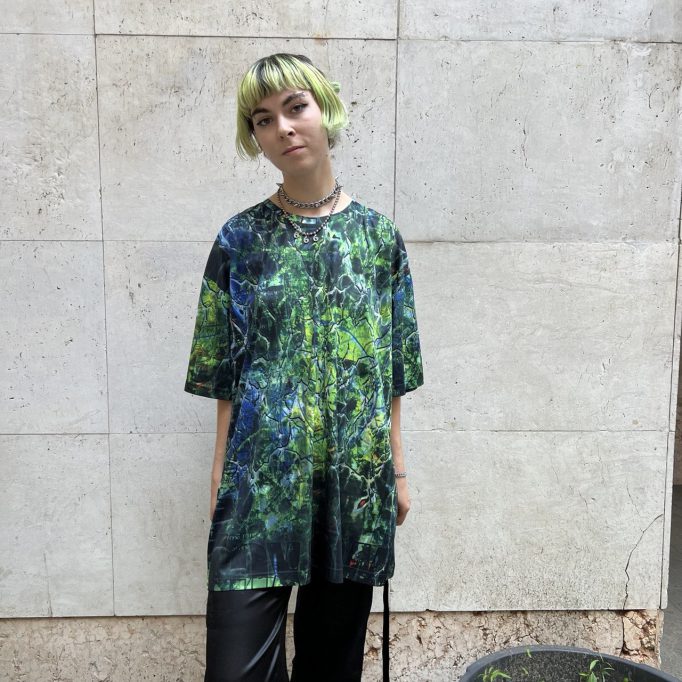

2022
Digital dye sublimation print on jersey fabric
One Size – 2XL (width: 60 cm, lenght: 83 cm)
Edition of 25
Order here
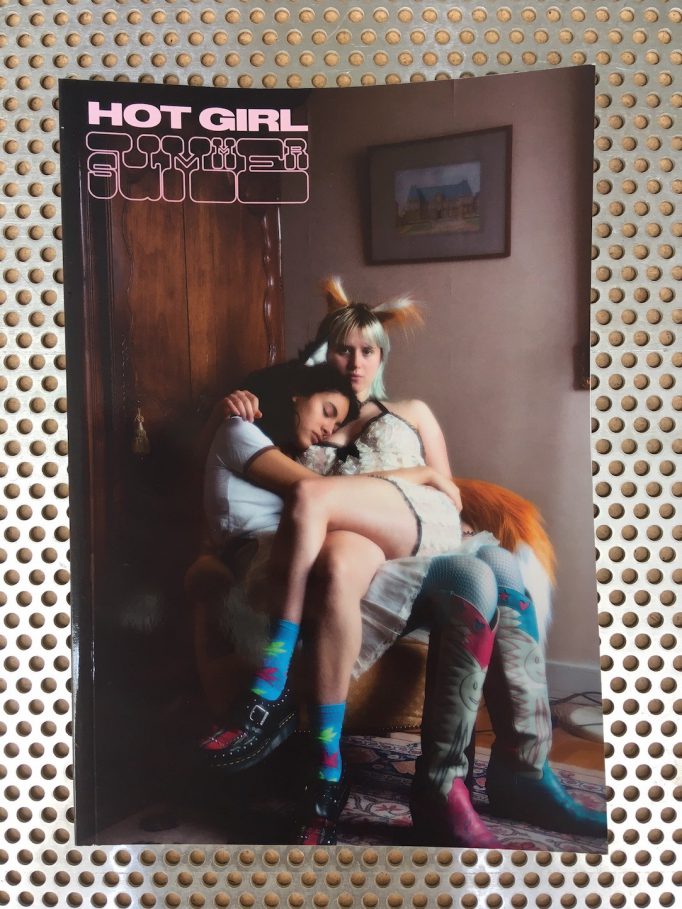
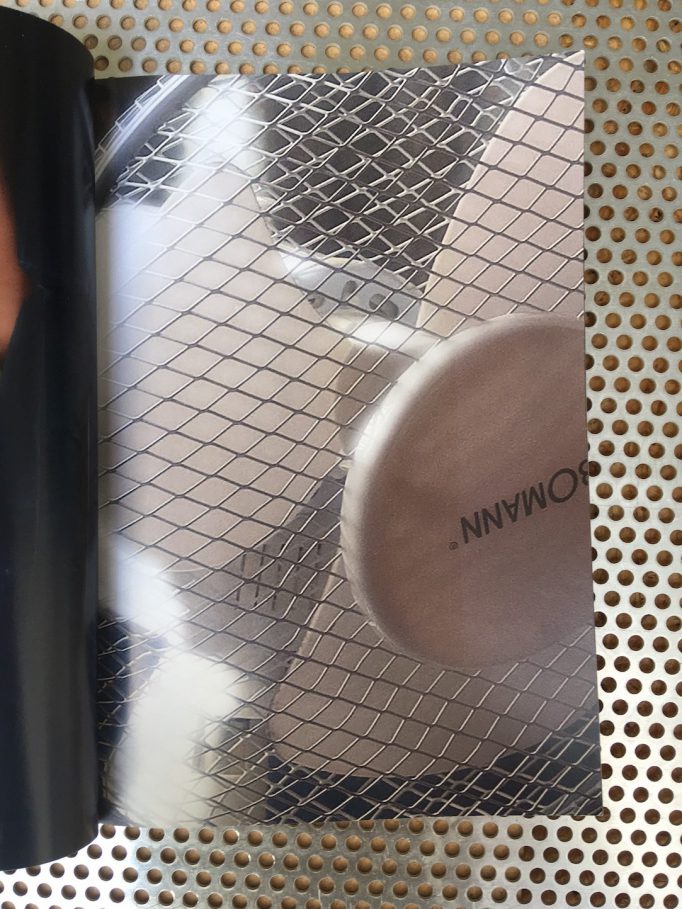
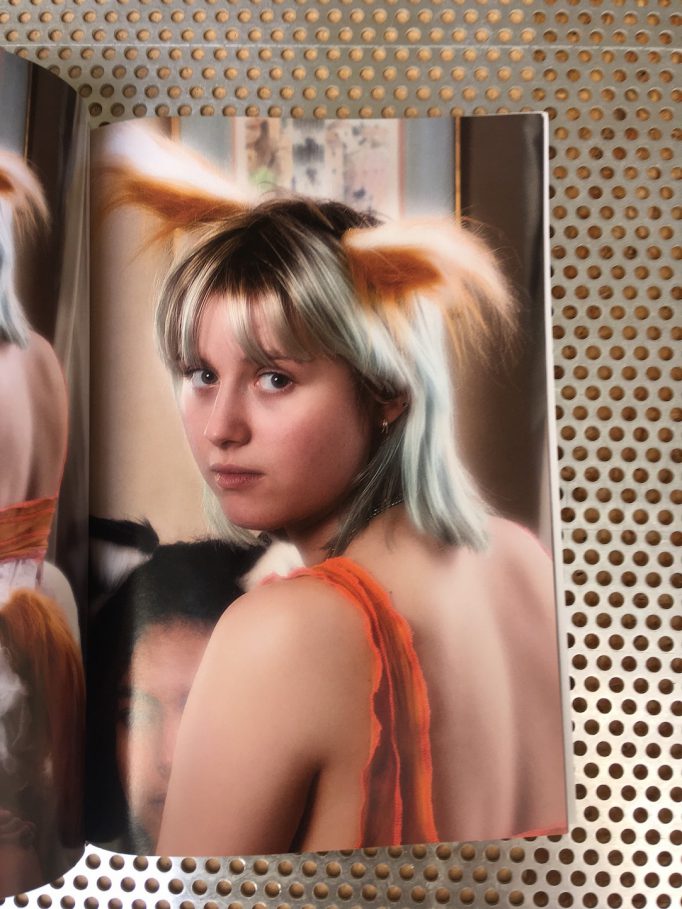
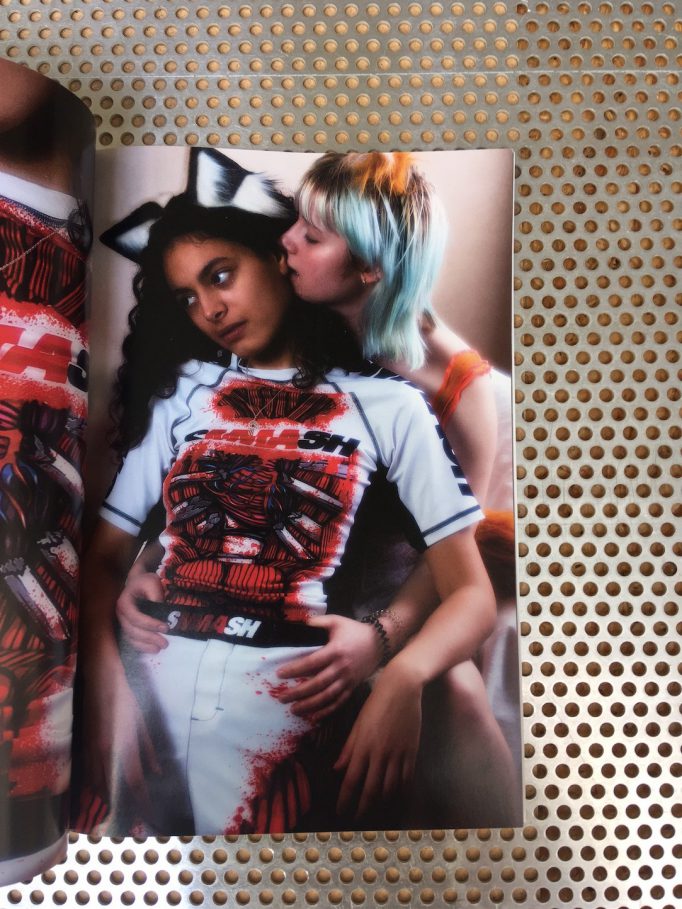

August 26th, 5pm somewhere in Place des fêtes, Paris
Température ressentie 32°.
Edition of 50.
Order here

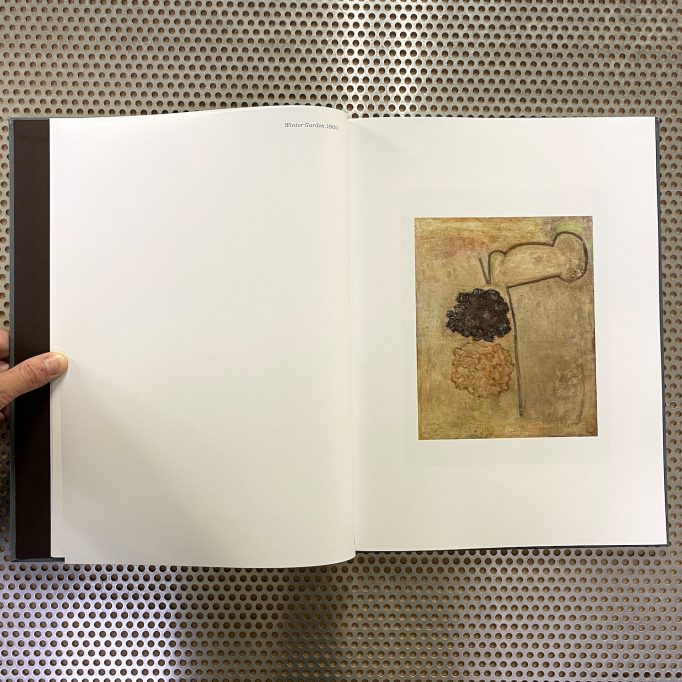


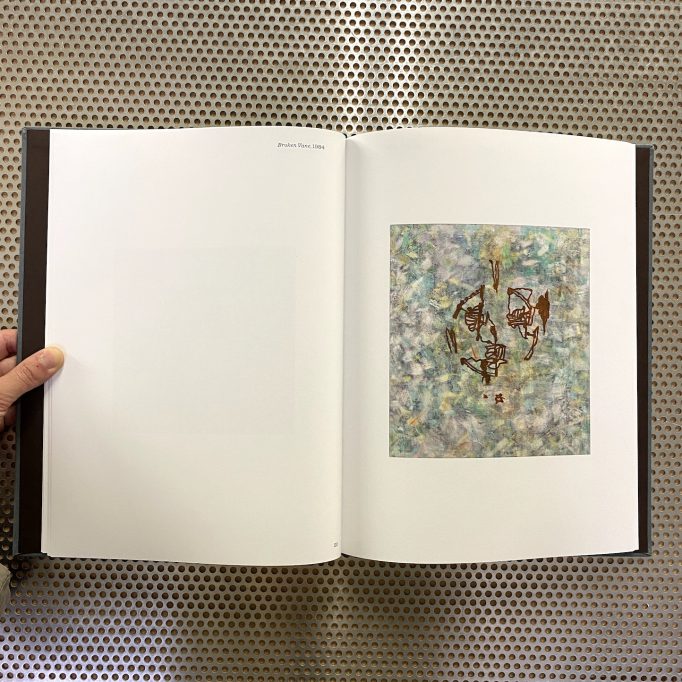


With texts by Amy Sillman and Emily LaBarge
Exhibition catalogue with twenty color illustrations of paintings by the British painter Prunella Clough (1919–1999). Published to commemorate the first German presentation of the artist’s work at June gallery, Berlin, the book focuses on the artist’s late-career departure from the industrial figuration for which she was known into a wry, quietly influential approach to abstraction. Included works date from 1960–1993. Prunella Clough’s abstraction developed largely out of step with any artistic movement or milieu: impervious to the advent of Pop, she was more taken by the Minimalism of Donald Judd and Sol LeWitt, which may have accentuated her sense of restraint. Amy Sillman calls Clough “a ‘conceptual painter’ avant la lettre,” while Merlin James emphasizes how she “anticipated many traits in post-modern painting.” Awarded the Jerwood Painting Prize in 1999 shortly before her death, and recognized with significant solo exhibitions at Annely Juda Fine Art Gallery (1989), the Camden Arts Center (1996), and a posthumous Tate Britain retrospective (2007), Clough’s legacy remains bogged down by emphasis on her early figurative works, tethering her innovative abstraction too tightly to an industrial origin story. This catalogue is a remedy to this situation.
Order here
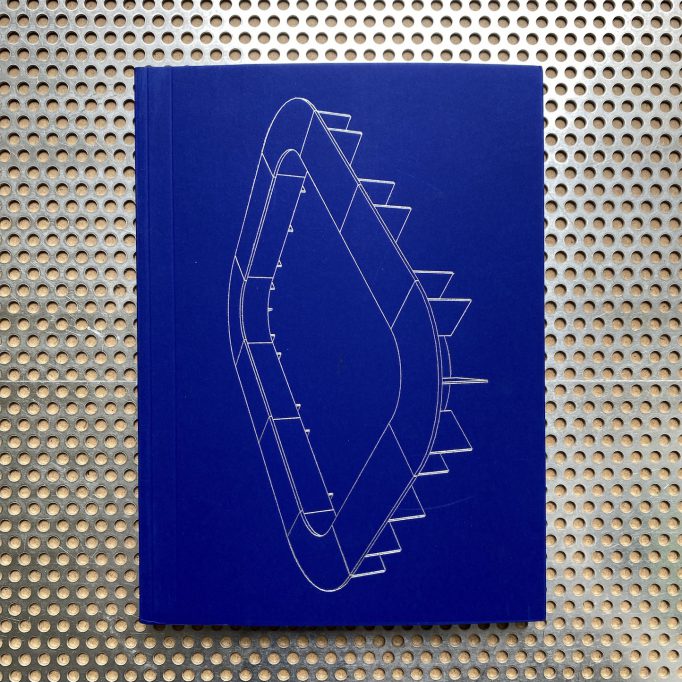
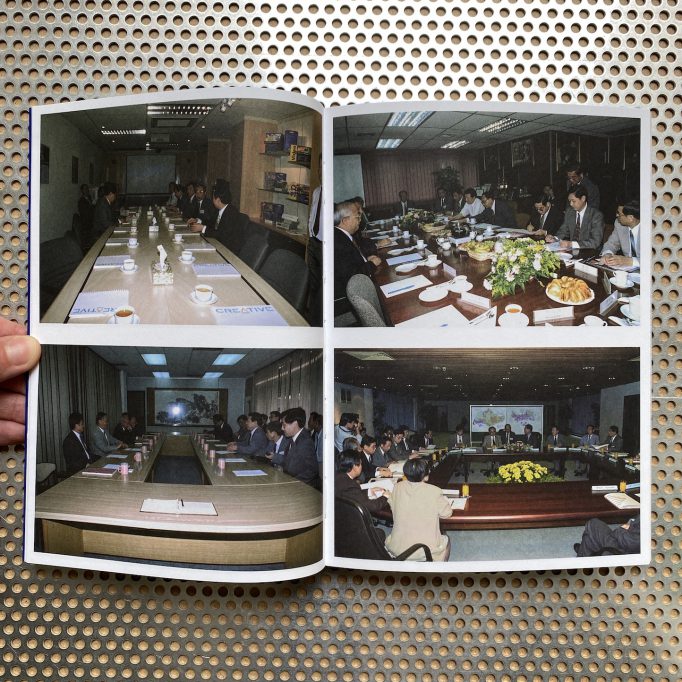
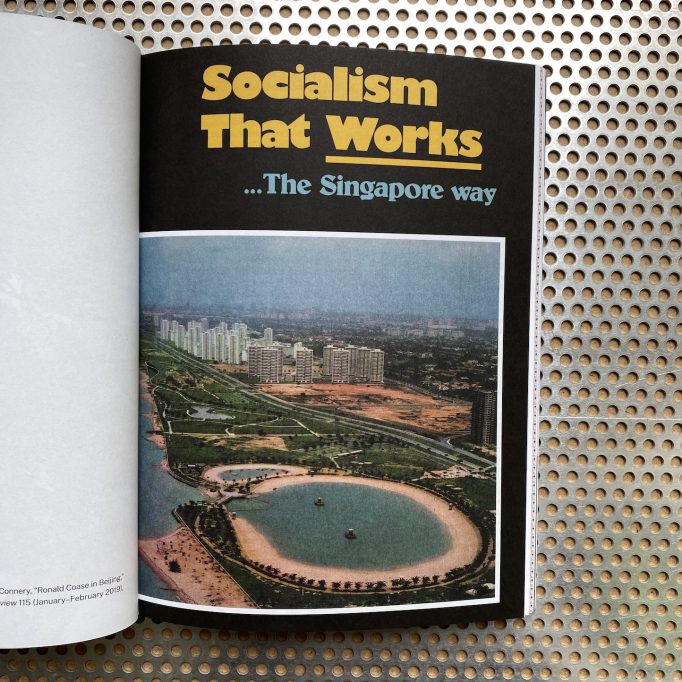
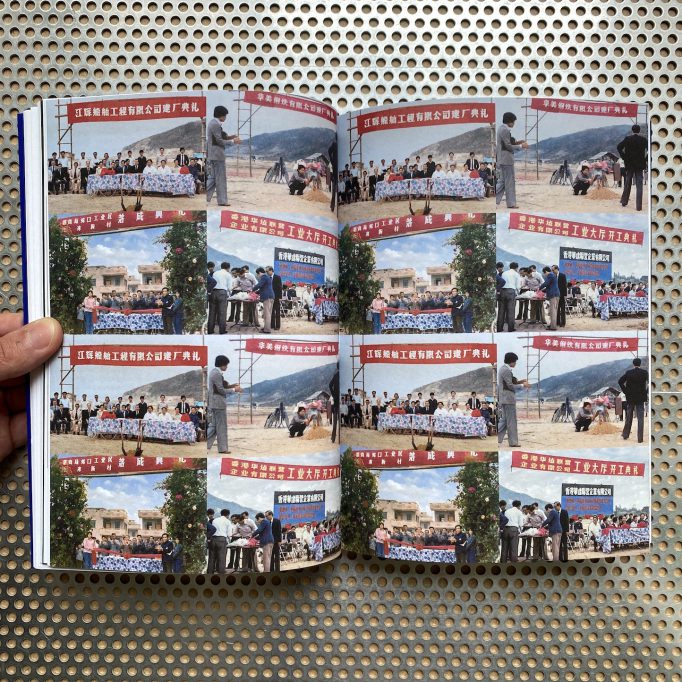
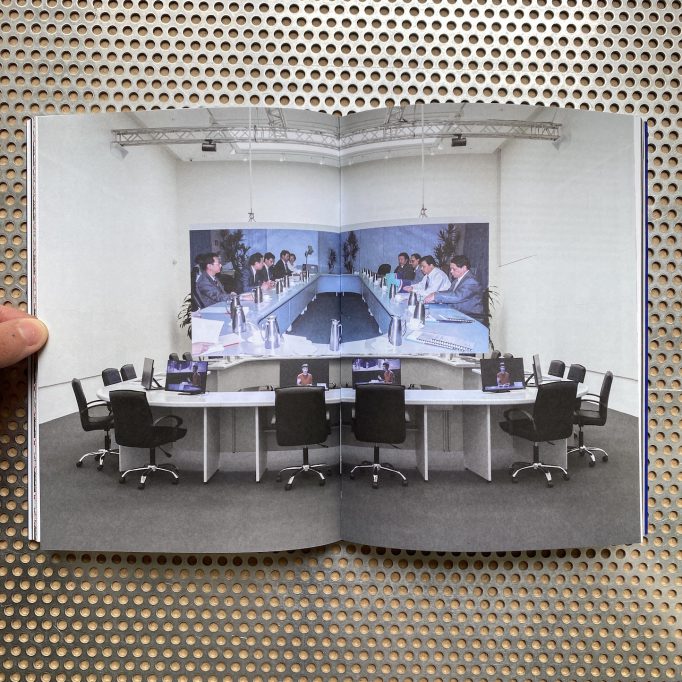
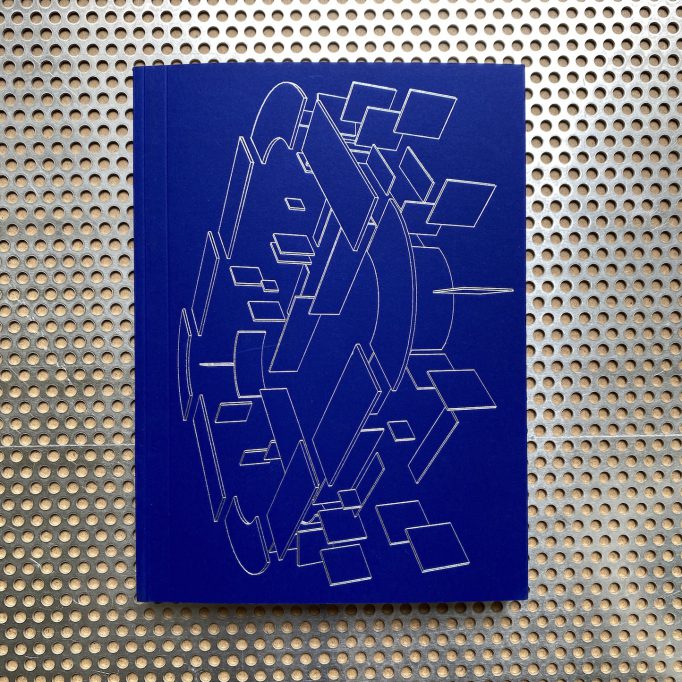
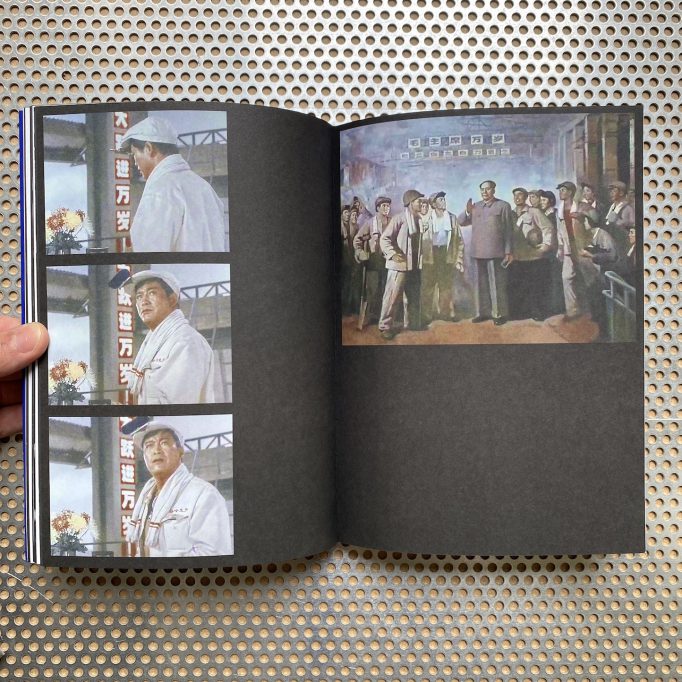
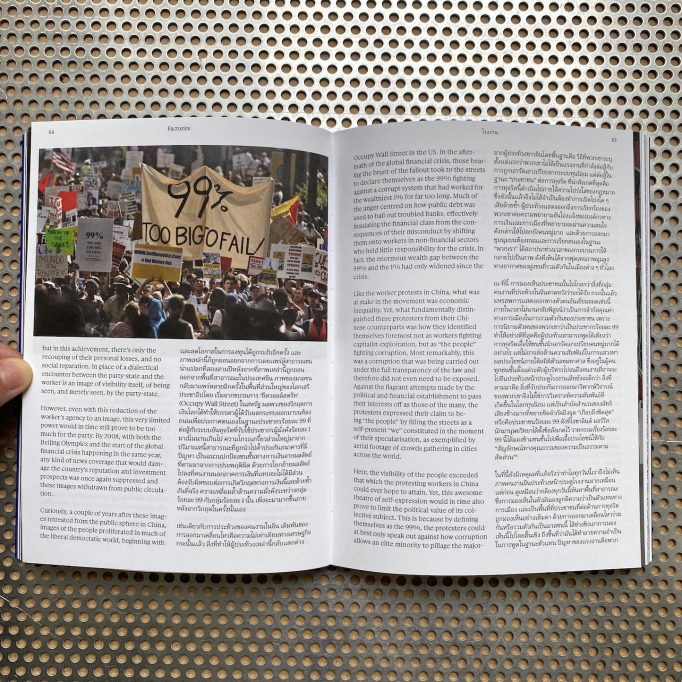
The process of preparing this book began with looking at photographs of large meeting tables around which Chinese and Singaporean public officials gathered during the many Chinese government study missions to Singapore throughout the 1990s. While such images might seem unremarkable today, the appearance of former revolutionaries of the Maoist era as sedentary technocrats marks the historic emergence of a distinct political imaginary in a time when “the economy” was displacing class struggle as the primary subject of governance in China.
It was at the table that these technocrats, having extricated themselves from the masses, devised the concept of the socialist market economy to frame the economic reforms that were launched by Deng Xiaoping in 1978. As they insisted on the compatibility of the market economy with the prevailing socialist social contract, the reformers articulated their turn towards the market as a decision informed not by the “invisible” manner through which the market allocates its resources, but by the assumed transparency of its information flows, which they believed would make visible what the party-state had been previously unable to see.
Yet, to the extent that this process of “seeking truth from facts”, as the reformers put it, is founded upon a set of separations—the party-state from the masses, information from ideology, the economic from the political—what ultimately underwrites the total visibility apparently provided by the table is the concealment of that which must not be allowed to appear as information in order for the logic of the market to obtain: the exploitation of labour.
It is on this basis that the factory can be construed as the table’s forgotten origin and impenetrable interior, and the gate that circumscribes the compound the limit of the market’s capacity for making things visible. Designed to spatially contain industrial labour and hide their exploitation from the public sphere, the factory gate is as close as the technocrat would get, as seen during the factory’s opening ceremony, to the world of labour under a capitalist mode of production. In thus proposing a convergence between tables and factories and examining their respective regimes of (in)visibility across the contexts of Singapore and Reform-era China, this collection of images and texts seeks to understand how the seemingly disparate worlds centred around these two objects in fact call forth each other to produce our deeply unsettled contemporary condition—one where the recognition that accrues to visibility has replaced freedom from exploitation as the most that the people can ever demand after the revolution’s untimely end.
Order here